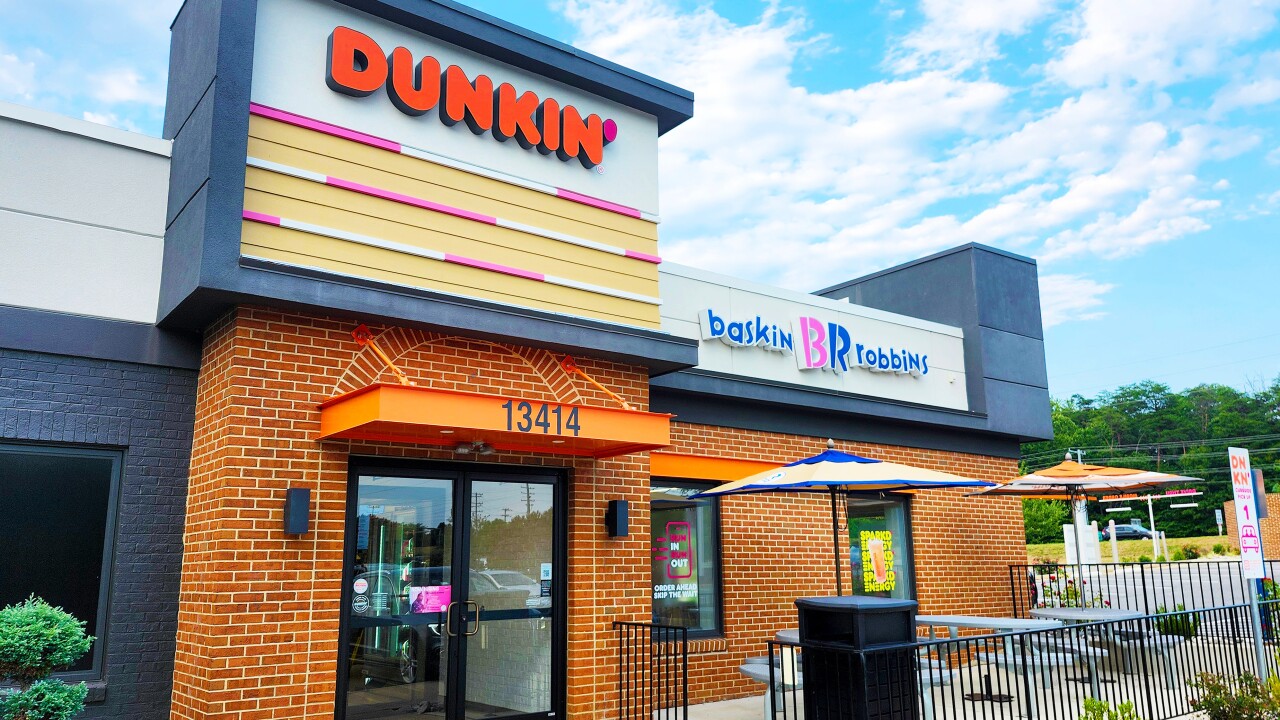An additional $651.7 million in loans for TALF-supported asset-backed securities purchases were issued in September, according to the Federal Reserve Board’s
That brings the tally of three-year maturity loans issued through the $100 billion Term Asset-Backed Loan Facility to $3.179 billion through September 30, following the launch of the program in June.
Most of the TALF loans last month were for investor purchases of pools of loans guaranteed by the U.S. Small Business Administration (issued since January 2019), followed by commercial mortgage-backed securities purchased in the secondary market.
One investment opportunities fund established to invest in TALF-backed loans, J TALF SMA 1 OP, tapped the facility last month for an $11.43 million purchase of private student-loan asset-backed securities sponsored by Navient Corp.
Those asset classes have been the primary targets of investors using the Fed facility, which was enacted by the Fed in March as an emergency measure to ensure liquidity for new asset-backed securities offerings in the early days of the COVID-19-related recession this spring.
TALF was considered a crucial capital tool to provide incentives for issuers to sponsor deals despite investor worries over the economic impact of coronavirus. TALF was initially approved for use in AAA-rated investments in new-issue private student loan pools, auto loans, credit cards and equipment finance, and later OK’d for certain collateralized loan obligations.
But observers say ABS market conditions improved so quickly that third-quarter ABS volume picked up with little need for uncompetitive TALF loan rates compared to bond spreads that have tightened for issuers attracting yield-hungry investors. (TALF offers various rates for different asset classes, such as 125 basis points over two- or three-year overnight index swaps rates for new-issue eligible ABS).
Excluded from TALF were new-issue single-borrower CMBS deals and commercial real estate CLOs comprised mostly of short-term bridge loans.





